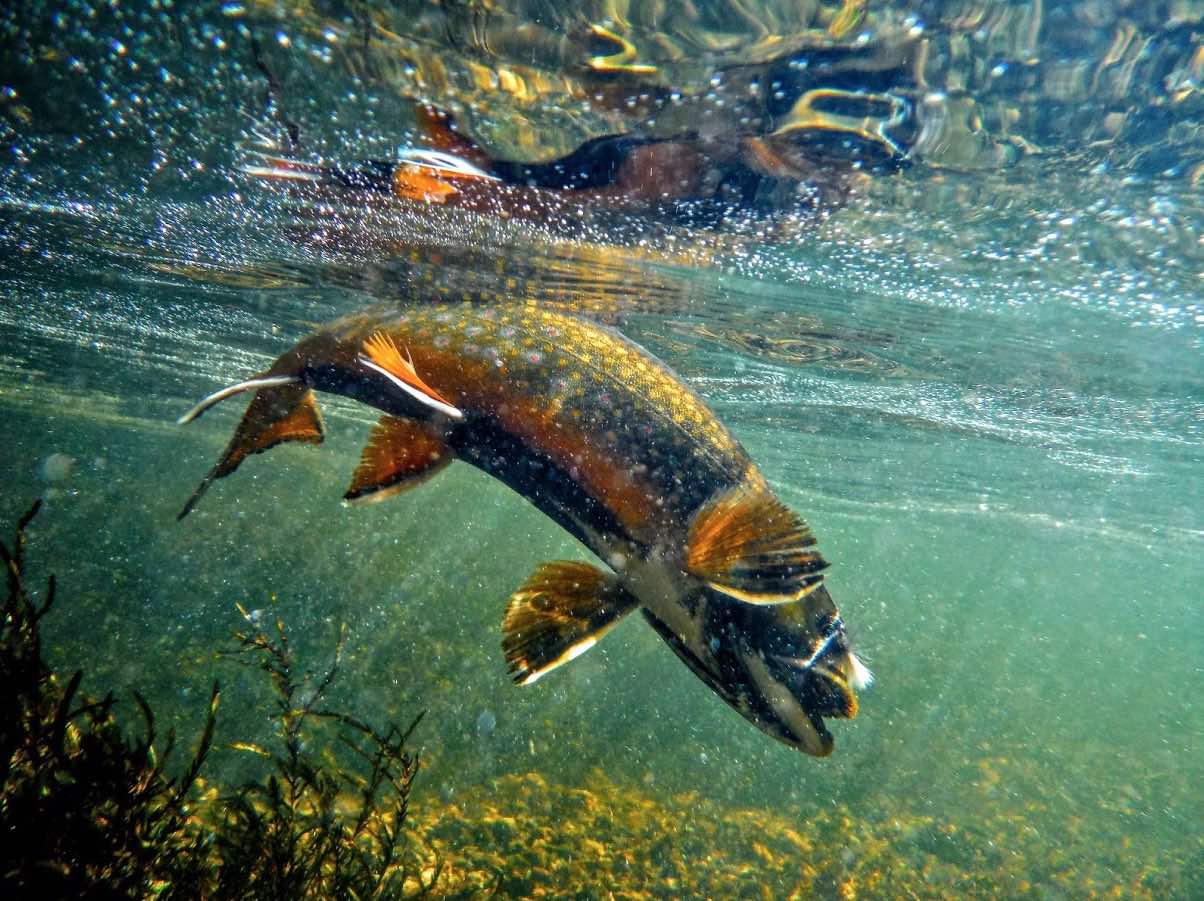A few weeks before the COVID-19 pandemic, I was catching wild trout in western North Carolina with a guide who had rejoined TU because the local chapter decided to stop helping the state to stock hatchery fish, and instead chose to focus exclusively on creating the flow and habitat conditions necessary to support wild and native trout.
If you want to get normally serene trout anglers wound up, just wade into the “hatchery vs. wild/native” debate. I know of at least three organizations that were formed because of disagreements with Trout Unlimited chapters over hatchery and wild fish.
The most controversy I ever encountered at Trout Unlimited wasn’t over climate change, Bristol Bay or the clean water rules. It was over a half-joking effort proposed by several TU staff and volunteers to fish, and eat, non-native brown trout (consistent with the state’s regulations) on a West Virginia river that also harbored native brook trout. The “Broundup” was designed to publicize and promote the problems of stocking non-native brown trout on top of native brook trout.
Trout Unlimited vision: By the next generation, Trout Unlimited will ensure that robust populations of native and wild coldwater fish once again thrive within their North American range, so that our children can enjoy healthy fisheries in their home waters.
Ten years later, West Virginia now manages more than 130 miles of catch-and-release wild brook trout streams.
At the risk of re-opening some old wounds, I offer the following for discussion among TU leaders.
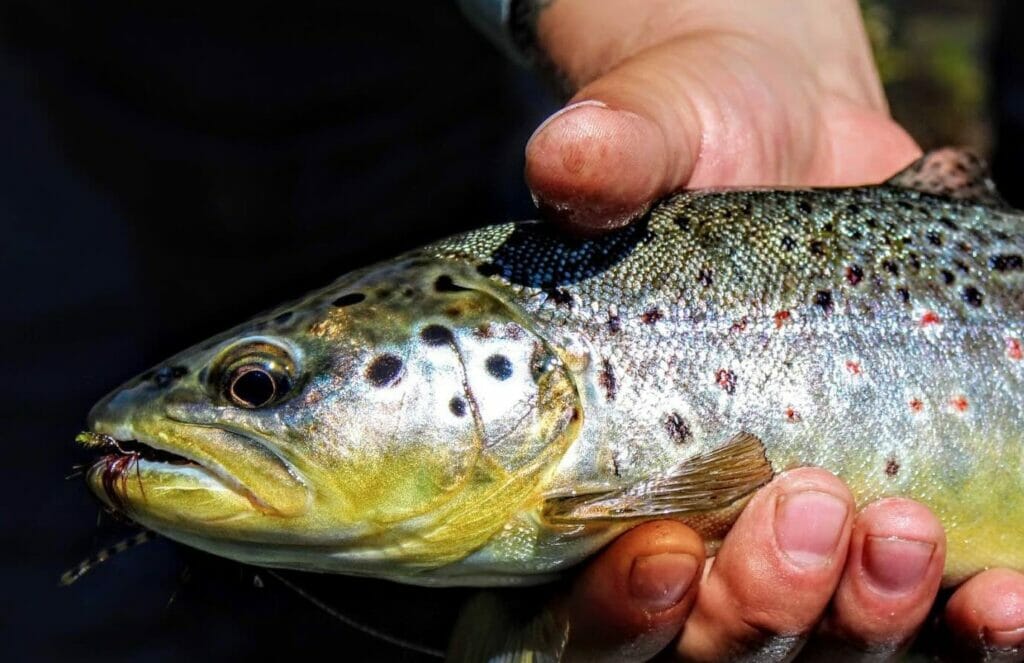
“Take care of the fish and the fishing will take care of itself.” One of Trout Unlimited’s founders coined that phrase, and what Art Neumann meant was, if you restore the flow and habitat conditions that trout need in the river, the fishing will, by definition, get better. The more than 1,100 miles of river that Trout Unlimited protected last year, and the nearly 1,000 miles of river that we reconnected and restored, obviate the need for hatchery fish in most of those waters.
That said, there are rivers where wild and native trout struggle to persist because the waters are too warm, the habitat too degraded. Those are the rivers that states should stock. But on rivers we can adjust flows and fix habitat to sustain wild and native fish, isn’t it better to allow nature to provide rather than relying on fish raised in concrete tanks?
Advocate against stocking non-native and hatchery fish on top of native and/or wild fish in their native waters. Stocking of hatchery trout can compromise the genes of native trout through hybridization, by introducing disease, and harm wild fisheries through competition. More than 30 years ago, Trout Unlimited developed a North American Salmonid Policy. It recommends: TU should “oppose stocking (and supplementation) in waters where healthy self-sustaining salmonid populations exist.”
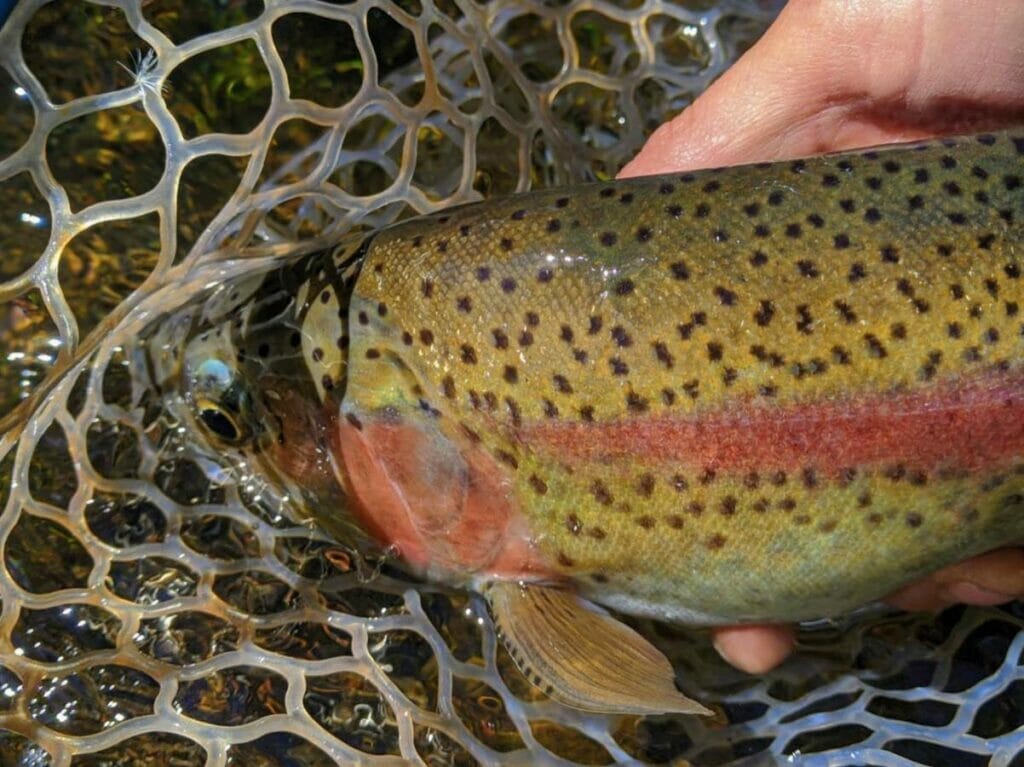
Advocate for hatchery programs that reintroduce heritage strain fish into areas they were extirpated. One of my favorite memories at Trout Unlimited was helping the DNR, TU staff, and a group of kids from Slanesville Elementary School in West Virginia to re-introduce heritage -strain brook trout raised in a hatchery back into their natal waters where we had done restoration. Many times, I have witnessed the passion and enthusiasm kids have for raising non-native hatchery rainbow trout in their classroom fish tanks. Imagine if we could channel that same passion and energy, where possible, toward restoration and reintroduction of native fish?
Protect the best and eat the rest. Again, consistent with the North American Salmonid Policy, stocking in tailwaters and other altered environments should be done only when it does not compromise the health of other wild and native species. Creative solutions can be found, however, that meet the needs of anglers and wild and native fish. In the Puget Sound region of Washington, TU is leading an effort to move hatchery production of steelhead to support harvest fisheries to degraded rivers while keeping hatchery free the high-quality rivers that can support healthy and fishable wild populations of steelhead.
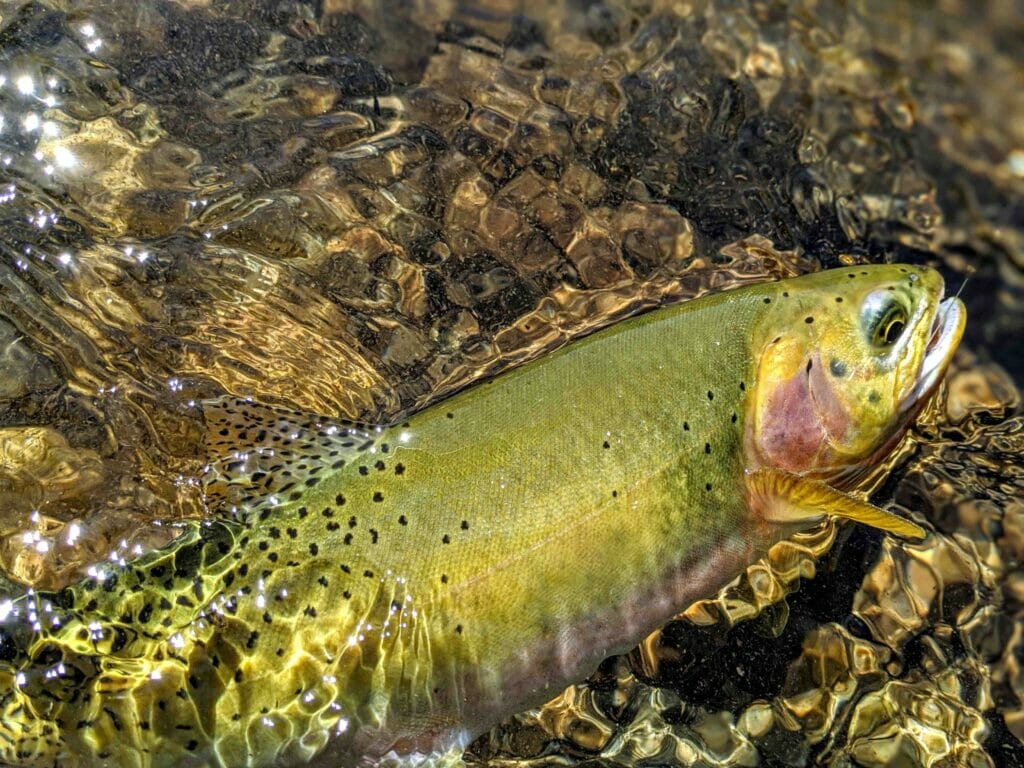
There is room for us all. Until we can appeal to spin fishermen and bait-anglers, we will remain a splinter of an already fractured community. Clean water and healthy habitat are universally important to all anglers — who cares by what technique we experience our shared passion? Even though TU has always focused on fly anglers, our work makes fishing better for everyone — regardless of their gear. Good fisheries management, including responsible stocking practices is good for all anglers.
TU is not against hatcheries. In rivers where we cannot attain abundant naturally reproducing wild or native fish, they can make sense. It is important to remember, for example, that some of our finest conservation advocates hail from states such as Texas, where there are few, if any, wild and native trout. The Guadalupe River Chapter, for example, has long led TU chapter efforts to fight the Pebble Mine, and invested heavily in the Tomorrow Fund. Would Texas TU members be so generous if not for the stocking of the Guad? Maybe. A strong case can be made, however, that on the Guadalupe, fishing is the front door to conservation.
There are many gateways into Trout Unlimited. Mine was a desire to engage more anglers as conservation advocates. Others came to TU through bluegill and rock-bass on twister-tails. Some came through citizen science work in the field; some, by catching hatchery fish.
At the end of the day, despite our disagreements, we will lean on the science to guide us, and for TU, there is a reasoned order — native fish are paramount, wild fish come second, and stocked fish don’t belong where they impede the others.
Trout Unlimited was founded 60 years ago by a group of anglers on the banks of the AuSable River in Michigan who were frustrated by the state masking the effects of habitat degradation by pumping out more and more hatchery fish whose presence may have caused wild trout to be over-harvested.
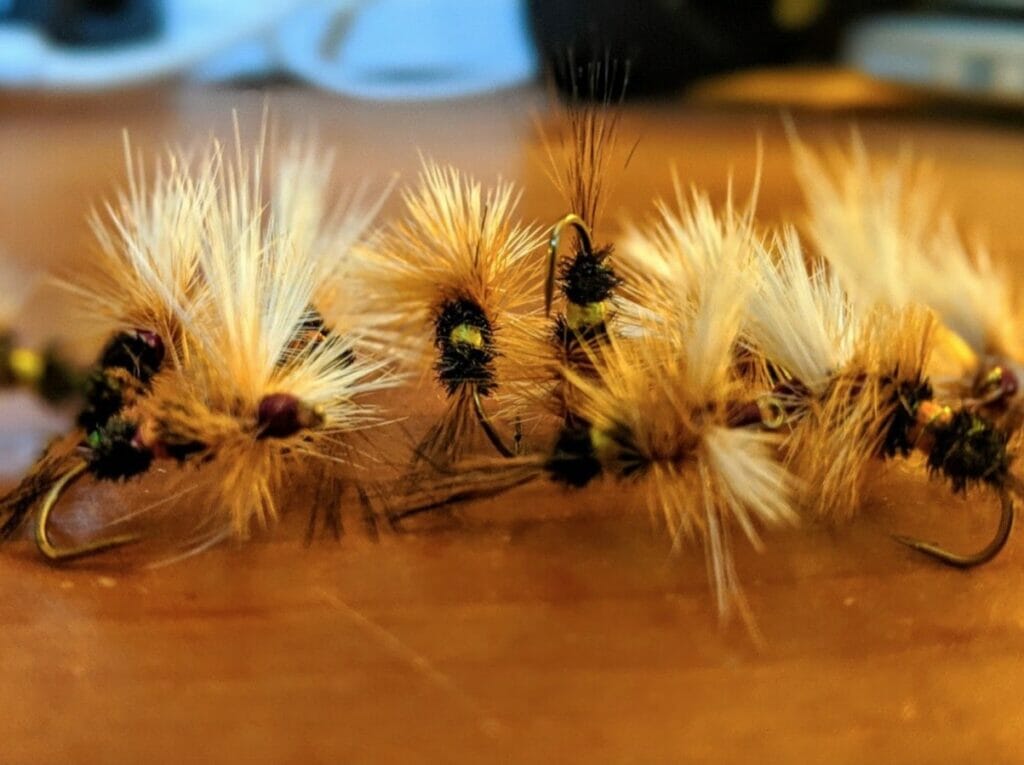
Today we remain as committed to that vision as ever, and we are in the water, restoring many of those rivers and streams so that hatcheries are no longer as needed.
Author’s note: Trout Unlimited is developing a new strategic plan, which provides an opportunity to reaffirm, or call into question. our values. Fisheries management decisions can be controversial, and yet on the topic of stocking our founding principles are clear and have been reaffirmed and expanded upon by the North American Salmonid Policy. I would like to hear from you on the fisheries management challenges you face in your areas and how you see them aligning, or not, with the above expression of some of my thoughts on TU’s approach to hatcheries.



